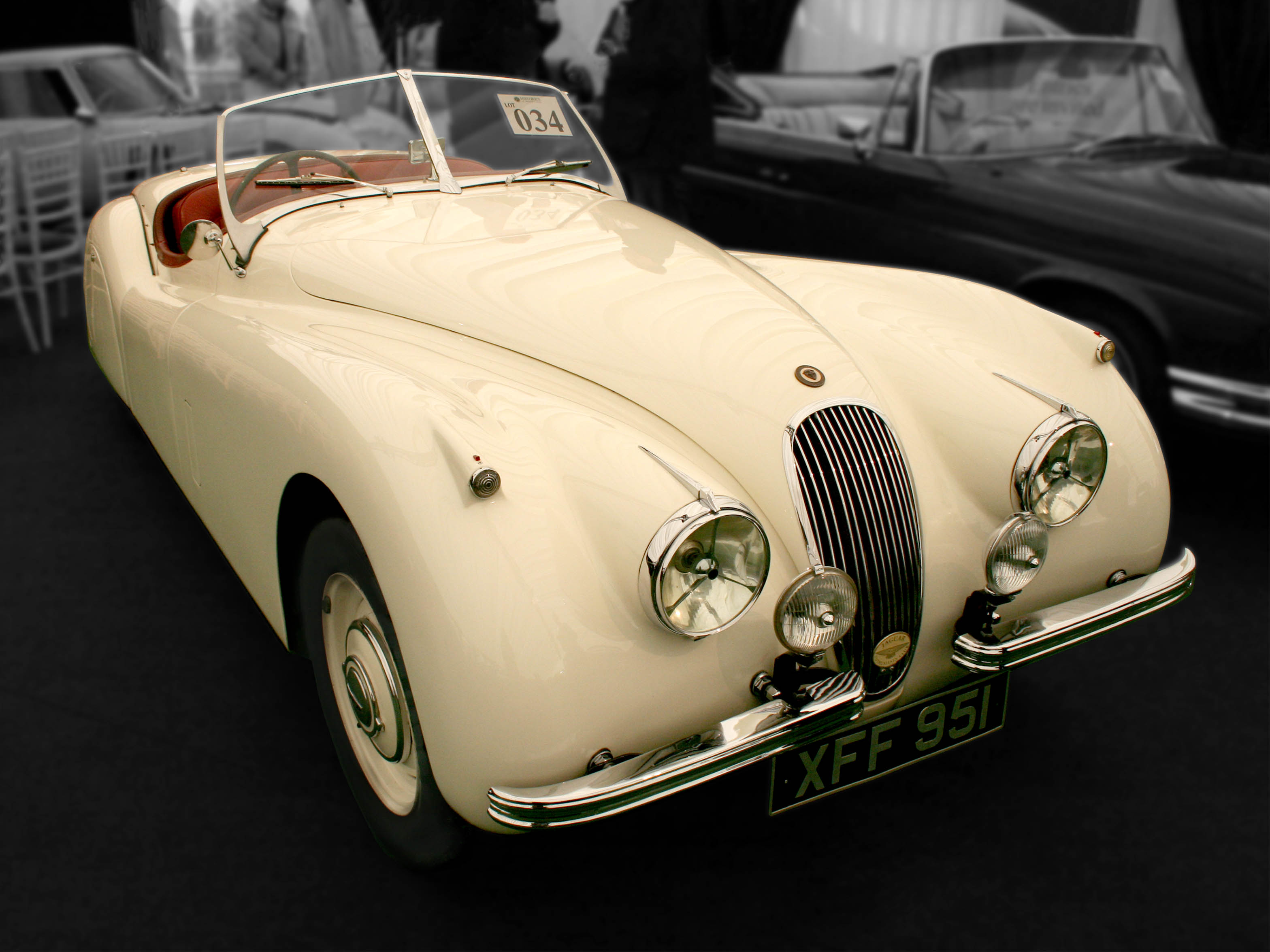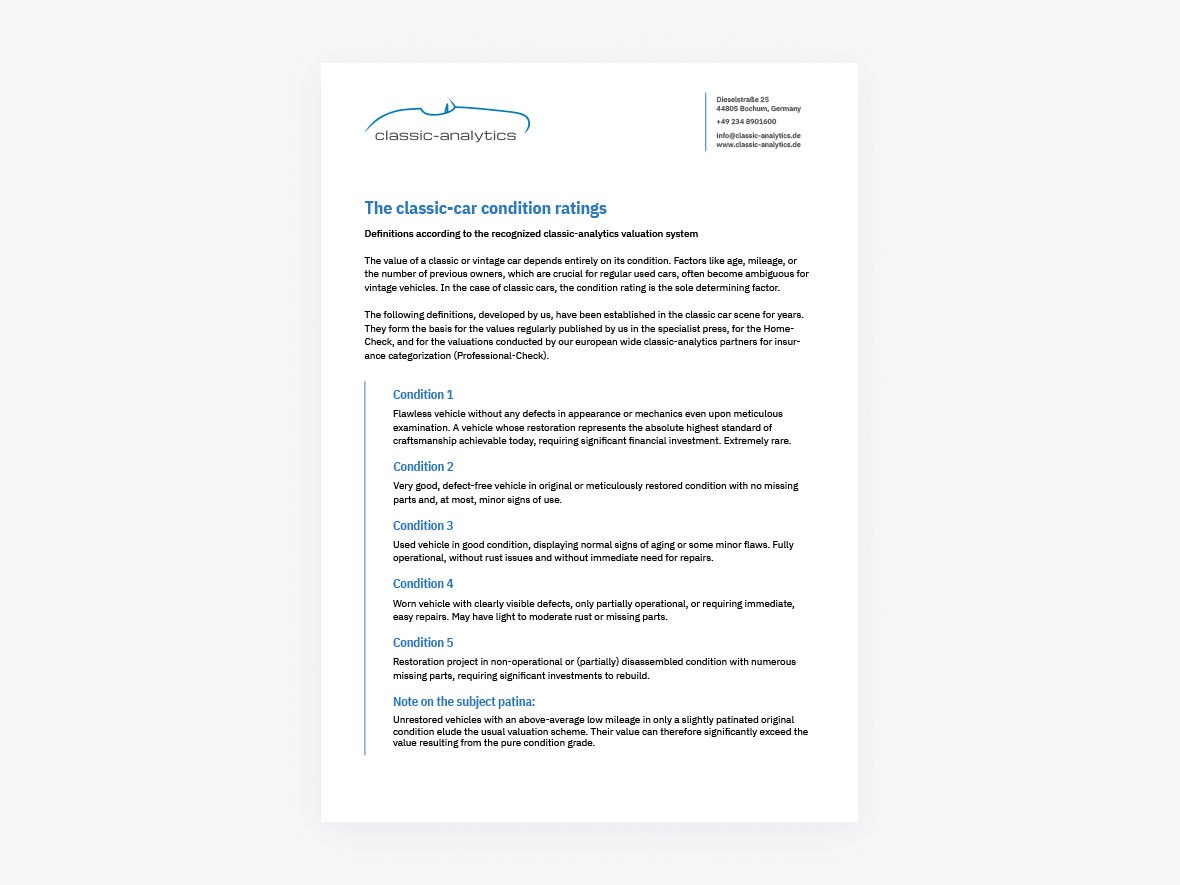Condition 1
Concours cars are the best in the world. The visual image is of the best car, unmodified, in the original colour, driving onto the lawn at the finest concours. Perfectly clean, painted and chromed surfaces are mirror-like and panel gaps exact. Typically, these cars will be either exceptionally original or restored to the very highest standards. All numbers match, restoration materials used are correct (NOS or OEM) and superbly fitted. No customisations have been made.
The one-word description for #1 cars is "concours."


